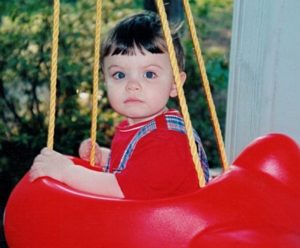Overview

The essential features of Autism are impaired development of language and social skills. A severe insistence on sameness and routine is another classic marker. Sensory processing deficits, including self-stimulatory behavior, are also inherent in Autism Spectrum Disorders. These can vary greatly from child to child, that is why Autism is a spectrum disorder.
Socially
 Social aspects of Autism include lack of eye contact, facial expressions, theory of mind/perspective taking, and nonverbal social gestures. This could look like having a flat affect the majority of the time, not looking at you when you talk with him (even though he is more than likely listening), and seeming to just not care what anyone else is doing.
Social aspects of Autism include lack of eye contact, facial expressions, theory of mind/perspective taking, and nonverbal social gestures. This could look like having a flat affect the majority of the time, not looking at you when you talk with him (even though he is more than likely listening), and seeming to just not care what anyone else is doing.
He may also lack showing, bringing, or pointing out objects of interest. A typically
developing child would start to engage in small social interactions, like pointing to
objects and naming them in front of others. A child with Autism may act as if she is
alone in the room, and may not exhibit these “joint attention” behaviors such as pointing
to objects or bringing a preferred item to a familiar person.
Verbally
If your child does verbally communicate, they may still have impairments in regards to initiating and continuing conversations. This is referred to as pragmatic language
deficits – knowing the right words to say at the right time.
Often he may engage in verbal self-stimulatory behavior, or “scripting,” which is a specific phrase that is repeated over and over. This behavior is just as if you had a song stuck in your head and but instead of just thinking it, you repeat it over and over out loud.
Physically – Sensory Processing
Children with autism also may have repetitive movements like hand flapping, rocking, etc. These behaviors are just like the behaviors typically developing individuals do like shaking a leg, clicking a pen, etc. However, it is just more noticeable in children with Autism because their behaviors are usually more disruptive, longer in duration, and not socially acceptable.
Autism SPECTRUM Disorder
Remember the behaviors mentioned are seen in varying intensities in each child with Autism. There are children from one end of the spectrum that may not respond verbally to a question and others that will go to college. All children start at different points, have their own strengths, and early intervention could have a major effect on positive behaviors and developmental skills being developed and maintained.
For more about Autism, check out these blog posts:
